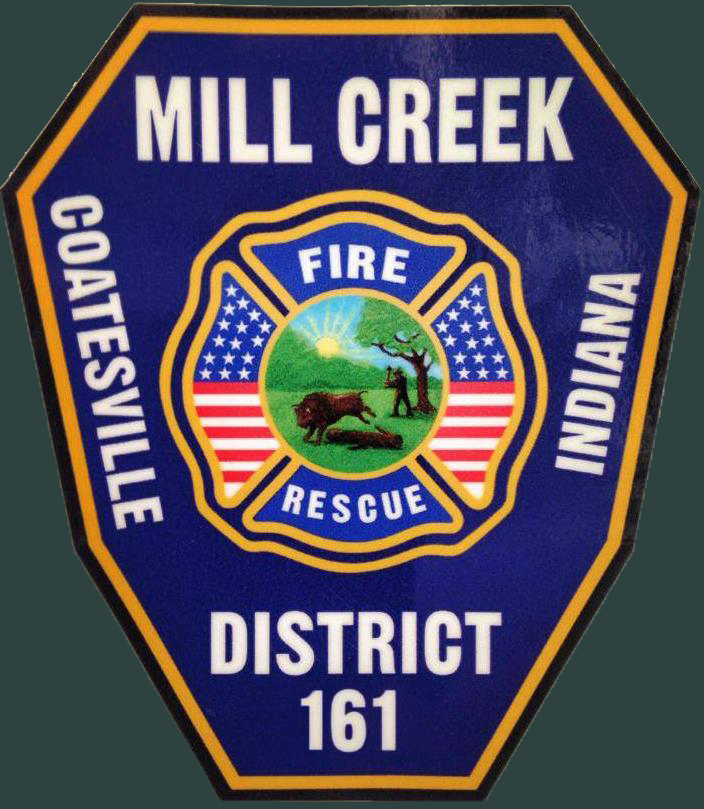

Winter Driving
A LITTLE KNOWLEDGE CAN SAVE YOUR LIFE AND THE LIFE OF OTHERS!
To keep those emergency rooms less busy this winter, follow these 10 tips for safe winter driving.
1. Respect the winter weather. "Plan extra time for a trip in the winter," says AAA spokesman Mitch Fuqua. "A trip that might take 30 minutes in May might take you 45 minutes or an hour in the winter."
2. Wear your safety belts. "You have to be protected, no matter what season it is," says Carole Guzzetta of the National Safety Council's Safety Belt Coalition. Make it a rule: Everyone must be buckled up before the vehicle moves.
3. Don't drink and drive. At least 30 percent of those winter-driving crashes that lead to visits to the local hospital involve alcohol, Heegaard says. Remember that you have less reaction time in hazardous conditions.
4. Winterize your vehicle's safety kit. The kit should include some special additions, such as a blanket, a small shovel to dig out snow, sand to help get traction if needed, a flashlight, a first-aid kit, jumper cables, ice scraper/brush and lock deicer.
5. Conduct a pre-trip inspection. Check the antifreeze. Make sure you have proper tires to handle the weather. Be sure you have enough gas for each trip. Wipers must be in good shape to handle snow and ice. Remember to first unstick them from the frozen glass.
6. Be ready for changing conditions. Make sure you have good all-season tires that can handle different types of weather. Check with your auto mechanic or a professional at a tire store to discuss your options. In high snow and ice areas, you may need more than all-season tires.
7. Don't get SUV overconfidence. "The bigger the vehicle, the tougher it is to stop," says Liz Neblett of the National Highway Traffic Safety Administration. While a sport-utility vehicle might get through some tough conditions more easily, it won't stop more quickly, and it may roll over if you make a turn too fast.
8. Know how to react to trouble. If you have antilock brakes, don't pump them. Press them down as hard as you can. If you go into a skid, turn the steering wheel in the direction you want the front of the car to go; that will keep the vehicle from skidding out of control. Then prepare to counter steer 2 or 3 times.
9. Leave some space. Follow the 3-second rule. After the vehicle in front of you passes a stationary object, you should be able to count for 3 seconds before your vehicle passes the same object. Add 1 more second for each driving condition that deteriorates.
10. Defuse road rage. One-fourth of drivers in a recent AAA survey admitted they have expressed anger at other drivers. To avoid becoming a road-rage statistic, leave more room between yourself and other drivers. Stay out of the left lane if you're going slow. And don't play games on the road.
BEFORE WINTER STARTS - MAKE SURE YOU HAVE THESE IN YOUR TRUNK:
1) Snow scaper/brush
2) Collapsible Shovel
3) Windshield-Washer Fluid
4) De-Icing Sand, Salt or Kitty litter
5) Jumper Cables
6) Tow Rope
7) Flares
8) Flashlight with extra batteries
9) Candles and matches in a waterprrof container or bag
10) First Aid Kit
11) Blanket
12) Bottled Water and Snacks
WHAT TO DO IF YOU BREAKDOWN IN BAD WEATHER
1) Know where you are! Are there notable landmarks, a major intersection or highway markers? Knowing your location gets help to you faster!
2) If safely out of traffic, wait inside your vehicle and call for help. Heavy snow and rain can make you less visible to other drivers.
3) Switch on your safety/emergency flasher to make your vehicle more visible.
4) Assess your situation and condition of your vehicle. Ventilate the vehicle as necessary and run the engine as little as possible until help arrives.
BE PREPARED! HAVE A TECHNICIAN CHECK YOUR VEHICLE BEFORE WINTER. GET SNOW TIRES AND BE SURE YOUR VEHICLE'S FLUIDS HAVE BEEN TOPPED OFF!
WHAT DO DO WHEN YOU ARE IN AN ACCIDENT
1) Call the Police or 911 immediately
2) Stay at the scene in a safe location and exchange any necessary information with those involved (names, phone numbers, location of accident, witness names and phone numbers, etc.)
3) Contact your insurance company. If you can take photos al all vehicles and/or property, the accident scene, insurance cards, license plates, etc.

Fire Information & Safety
© Copyright Town of Coatesville, Indiana. All rights reserved.
Facebook
You Tube
Contact Webmaster
C O A T E S V I L L E
Questions about Coatesville:
Contact Town Hall at 4994 Milton Street
Coatesville, IN 46121 765-386-7205